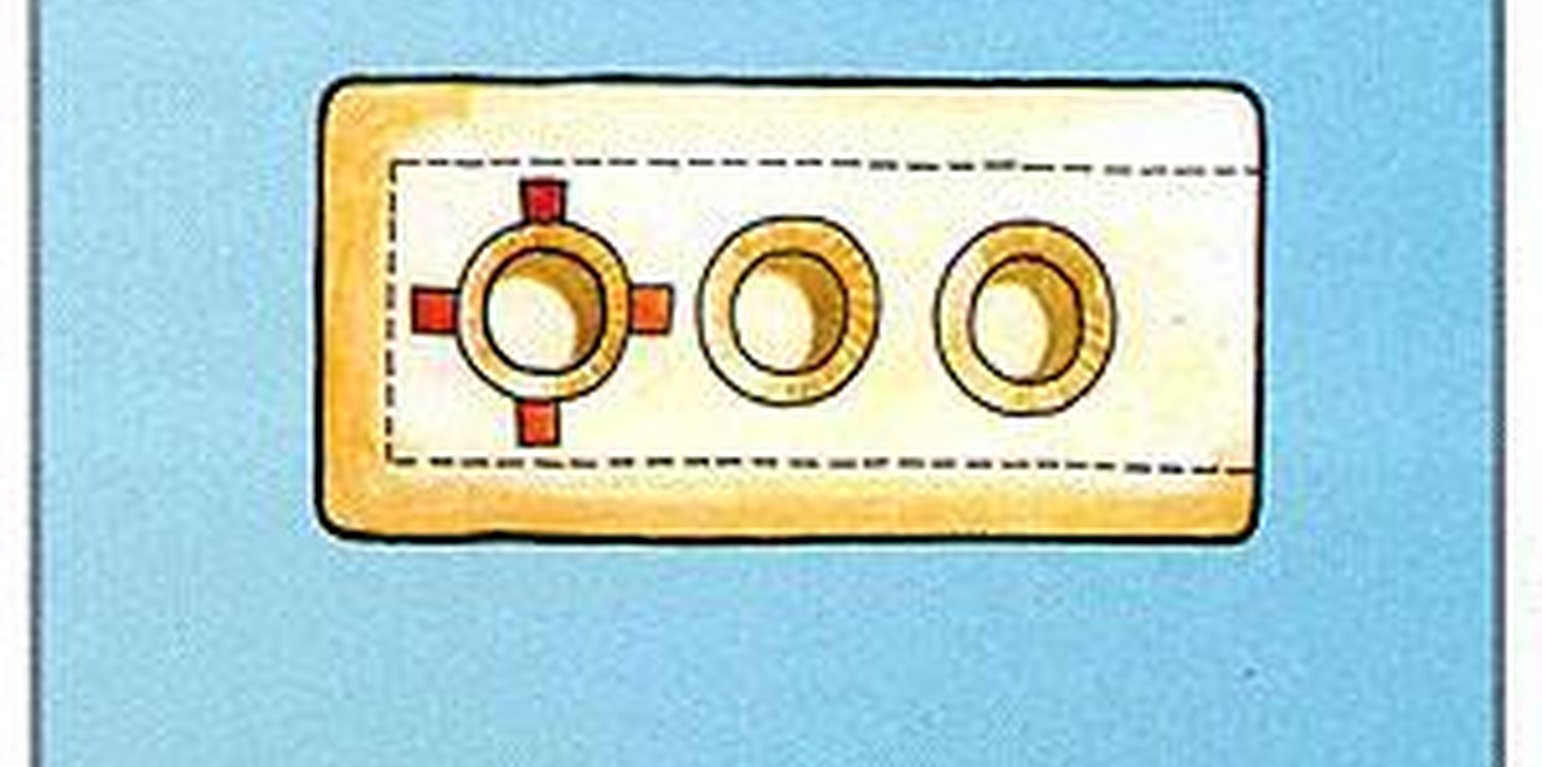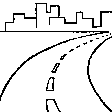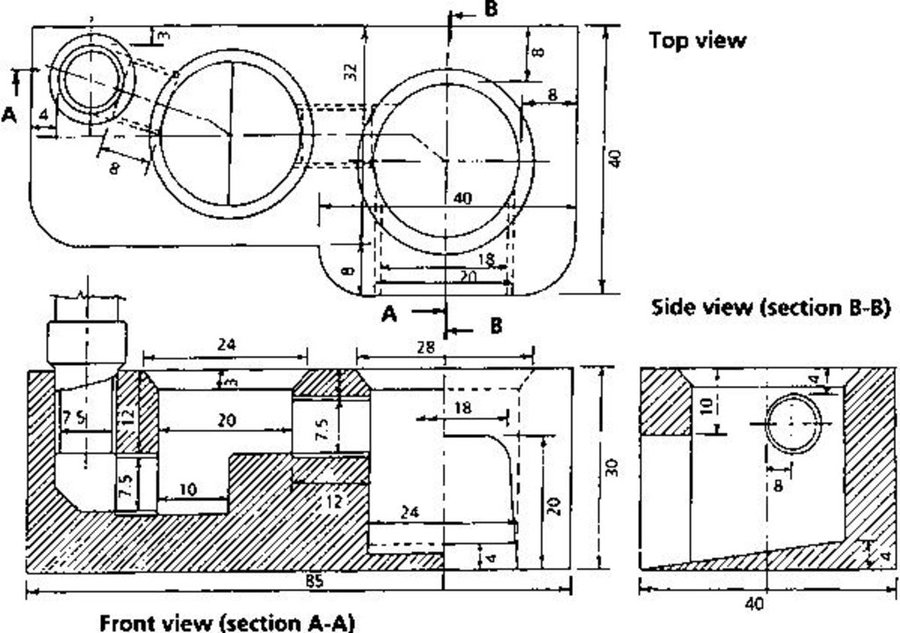



Technology used is improved stove. Improved stove is more efficient to use than traditional stove. Efficient in the sense that it consumes less fire wood (half than that consumed by traditional stove). It consists of one input hole to feed the wood and the heat is transferred throughout the stove which saves the firewood consumption. There is a hole for the passage of smoke.
Purpose of the Technology: The main purposes of this technology are:
•Increased thermal efficiency
•Conservation of forests by cutback in firewood conservation
•Reduction in indoor air pollution and hence smoke released health disorders
•Prevention of fire hazards
•Reduction of cooking time
Establishment / maintenance activities and inputs: The factory for khuwa production was established in 2050 BS. It is continued from their ancestors. In ancient time, for the production large amount of firewood was needed and from this large amount of smoke was released which gave rise to health problems and environmental pollution.
Now, the technology has changed but the process is still the same. Improved stove is used instead of traditional stove. For the improved stove materials required are soil, iron rod & tin. Other tools and utensils are dabilo,khurpi, karai & bowl. Monthly maintenance is required.
Natural / human environment: This technology is environment friendly. This technology has direct effect on the agro forestry sector, rural economy and health.

Location: Kavrepalanchowk,Chyamrangbesi VDC, Nepal, Nepal
No. of Technology sites analysed:
Spread of the Technology: applied at specific points/ concentrated on a small area
In a permanently protected area?:
Date of implementation: 10-50 years ago
Type of introduction





| Specify input | Unit | Quantity | Costs per Unit (USD) | Total costs per input (USD) | % of costs borne by land users |
| Labour | |||||
| Labour | unit | 1.0 | 68.98 | 68.98 | 100.0 |
| Equipment | |||||
| Stove and tools | unit | 1.0 | 284.09 | 284.09 | 100.0 |
| Total costs for establishment of the Technology | 353.07 | ||||
| Total costs for establishment of the Technology in USD | -353.07 | ||||
| Specify input | Unit | Quantity | Costs per Unit (USD) | Total costs per input (USD) | % of costs borne by land users |
| Labour | |||||
| Reparing stove | unit | 1.0 | 3.44 | 3.44 | 100.0 |
| Total costs for maintenance of the Technology | 3.44 | ||||
| Total costs for maintenance of the Technology in USD | -3.44 | ||||
By improved stove the consumption of wood and production of smoke has been decreased to a great extent which decreases the chance of getting negative impact from the smoke in human health and environment.